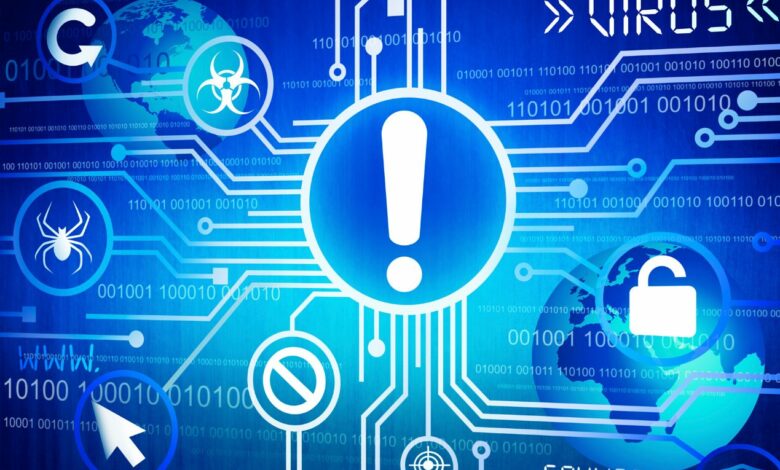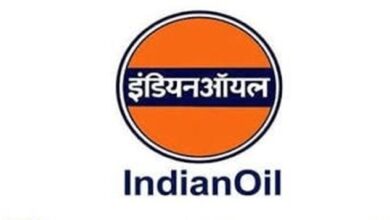THE WORLD OF MALWARE AND DARK WEB

A dark web market is a place where illegal items may be bought and sold. The Dark Web is home to a variety of harmful software and services. Users with nefarious motives are exchanging these services and profiting handsomely. Positive Technologies, a security business, has released a study that illustrates the booming Dark Web sector. Malware is a censorious component of many cyber-attacks.
The analysis is based on 25 Dark Web trade sites with a combined user base of approximately 3 million. They studied over 10,000 commercials, and some intriguing conclusions were derived as a result of this research. Several forms of viruses were available for purchase, each at a different price. Crypto-miners were at the top of the list in terms of popularity, based on the adverts identified. The sequential are some of the most common malware: 
(I) Trojans that steal data
They can steal passwords from the clipboard, intercept keystrokes, bypass or deactivate antivirus software, and send data to the attacker’s email address. The stolen data obtained through the use of these stealers can be pretty expensive. A thief will set you back around $10.
(II) Ransomware is a type of ransomware that encrypts files
Ransomware is a malicious attack that seizes control of a user’s computer and stops them from accessing it. Ransomware encrypts your data or system and demands a payment before we can decrypt it. Obtaining such a virus costs an average of $270. Ransomware attackers use a variety of tactics to choose which businesses to target. Some firms appear to be more likely to pay a ransom quickly, making them appealing targets. For example, medical facilities and government agencies usually want quick access to their data. Law firms and other sensitive data industries may be willing to pay to keep the details of a hack buried, making them particularly vulnerable to leak attempts.
(III) Trojans with Remote Access (RATs)
Access from a distance an attacker can use Trojans to monitor user activities, run files, capture screenshots, command activate the webcam and microphone, and retrieve data from the Internet. The most often used RATs include DarkComet, CyberGate, ProRAT, Turkojan, Back Orifice, Cerberus Rat, and Spy-Net. A monthly subscription to sure RATs developed as legal tools for remote computer management costs roughly $1000. A single one will set you back approximately $490.
(IV) ATM malware
These Trojans are used to steal cash from ATMs. ATM hacking is profitable because a single ATM may carry up to $200,000 in cash. ATM malware is the most costly of all malware, with pricing starting at $1500. Furthermore, we might use a single piece of malware to attack several ATMs. Exploits are designed to find and exploit faults in a system or application. The exploits on the dark web are made to function on a wide range of platforms.
Due to the large market size, Windows-based vulnerabilities are the most popular. During the years 2017–2018, the average cost of an exploit was roughly $2540. The macOS family of exploits costs between $2200 and $5300. The price of a Malware Developer starts at approximately $500. If sold on a subscription basis, malware obfuscators might make around $25 each month. On average, a malware distributor makes $15.
(v) Botnet malware
On the black market, software for creating a botnet costs as little as $200. A complete server bundled with applications and modules will cost between $1000 and $1500. It’s a multipurpose virus that demonstrates how fraudsters are broadening their attack tactics. The infection comes with ransomware, keylogging, and botnet capabilities. Botnet Ransomware exemplifies Virobot. Virobot joins a spam botnet when it infects a computer, spreading the virus to new individuals. The ransomware encrypts the data on the infected system via RSA encryption.
Malware Prevention Best Practices
To avoid Malware assaults, use the following precautionary measures and practices:
User Instructions: It contains the following items:
- Users should be taught not to download and execute any unfamiliar software on the system.
- How to recognize possible malware (i.e., phishing emails, etc.).
- Users should implement security awareness training and campaigns.
Use Reputable Software: Appropriate antivirus software installed on a system will identify and eradicate any current malware and monitor behaviour while the system is running. It is critical to maintain it up to date with the signature of the seller.
Conduct frequent website security audits: It’s critical to scan your organization’s website for vulnerabilities regularly because it can keep the company safe while also protecting the customers.
Make Regular, Verified Backups: Having a regular backup will help you retrieve all of your data or other material in the event of a virus or other assault.
FACTS
- According to reports, the dark web is a massive marketplace for criminals, generating at least $500,000 every day.
- Research conducted by the University of California in 2001 showed that the dark web had 7.5 PB of data.
- Bitcoins are the most often used currency since they are practically untraceable.
- ISIS has been utilizing the dark web to disseminate propaganda, recruit fighters, and raise funds.
- Intelligence organizations like the National Security Agency (NSA) have been employing software such as XKeyscore to determine the identity of TOR users.
- There’s also a book fan club, in addition to the illegal stuff. On the Silk Road, the founder established a book market. Conspiracy theories and prohibited books are frequently seen in the book fan club.
- The ‘Strategic Intelligence Network’ is a network with a wealth of knowledge on dealing with any situation.
- Israeli intelligence sources claim that Six-gill criminals were found selling forged diplomas, certificates, and passports.
- They recruited hackers to get access to university systems and alter student marks.
- The dark web is undeniably filled with con artists. Child pornography accounts for 80% of website traffic.
- It has about 550 billion papers in total.
- Every day, around 30,000 websites are hacked.
- The Dark Web is used for all forms of match-fixing and illicit betting.
Article Proofread and Edited by Shreedatri Banerjee







